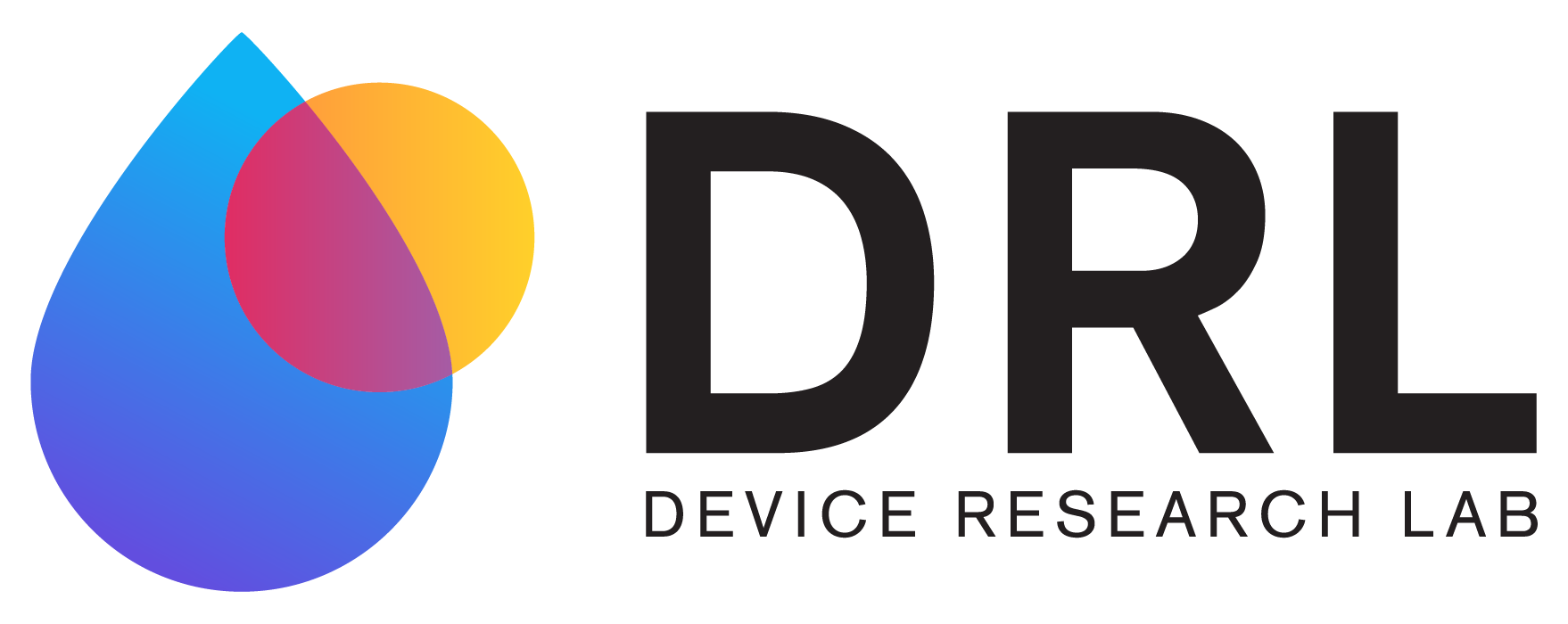Solar Energy
Solar energy remains a vastly unexploited renewable energy source on Earth and beyond. In just one hour, our Earth receives enough energy in the form of sunlight to meet all of humanity’s energy needs for a whole year. While photovoltaic (PV), i.e., solar cells, has received interest, it can be expensive when considering the need for energy storage to enable dispatchability. At the DRL, we are working on three alternative solar-related projects to meet our future global energy needs at low cost: 1) Solar thermophotovoltaics (STPV) for high-efficiency baseload power generation; 2) Solar transparent silica aerogels for solar-thermal applications; and 3) Radiative cooling for passive building cooling and refrigeration.
Solar thermophotovoltaics
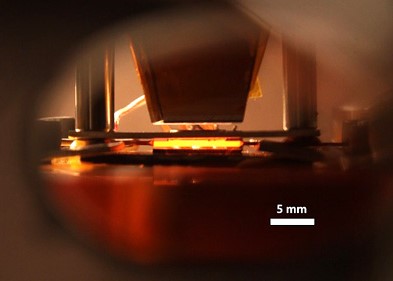
Concentrating solar power
Cavity based solar
absorbers and emitters
Transparent silica aerogels

Solar thermal collectors
Thermally insulating windows
Passive radiative cooling
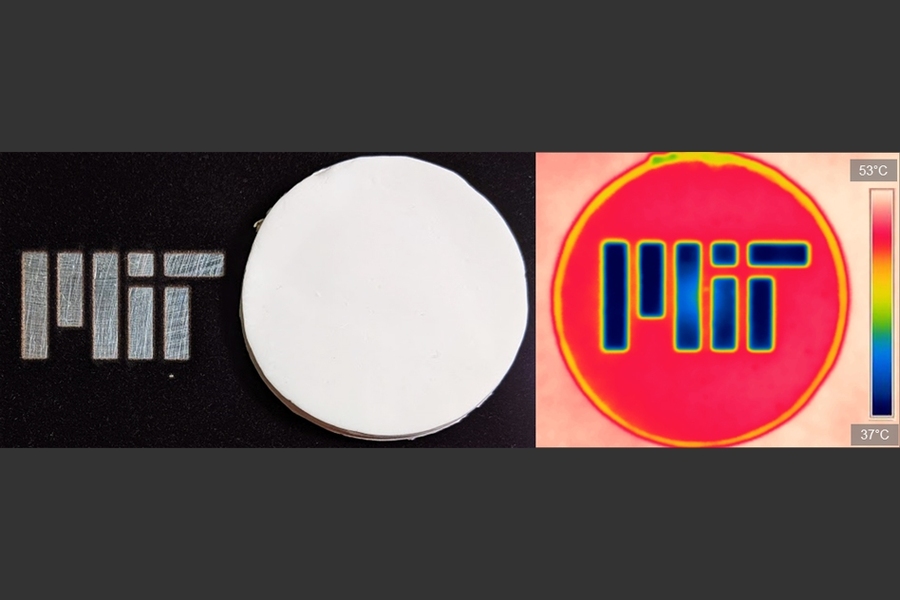
Directional radiative cooling
Polyethylene aerogels for deep sub-ambient cooling
Passive cooling of buildings
Silica Aerogels for Solar-Thermal Applications
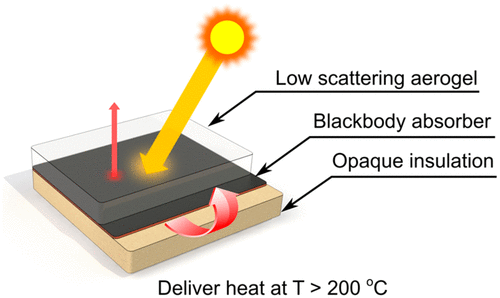
diminished due to the high porosity (> 90%) and pore sizes smaller than the mean free path of gas molecules which obviates the need for operation in vacuum. However, the transparency of silica aerogels in the solar spectrum is typically smaller than 85% which has prevented its adoption in solar-thermal applications. At the DRL, we have developed optically transparent and thermally insulating (OTTI) silica aerogels optimized for concentrated solar power (CSP) applications which can be even more transparent than glass (over 96% solar weighted transmittance). The OTTI aerogels could be useful for solar water heating, industrial process heat applications as well as energy efficient windows.
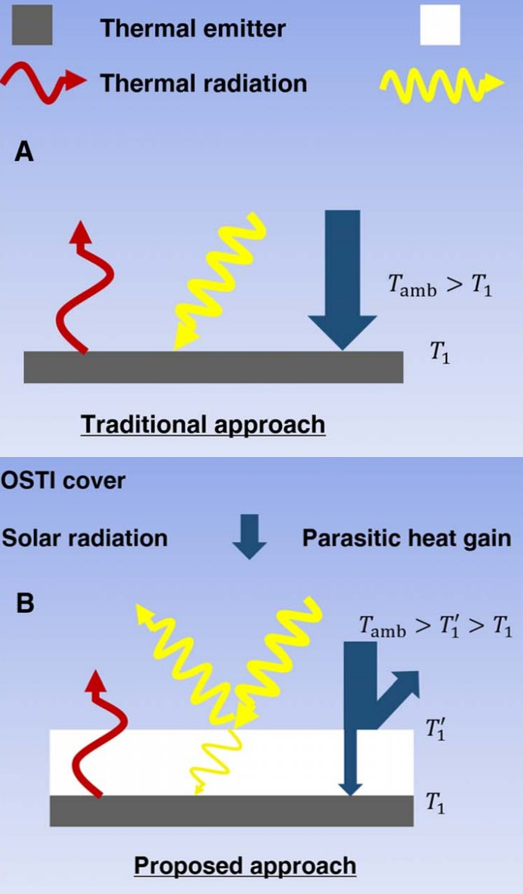
Radiative cooling relies on passive rejection of thermal radiation to the cold outer space through the high transparency spectral window of earth’s atmosphere to provide passive cooling on earth. Due to its passive approach, radiative cooling has recently been proposed as an attractive solution for passive cooling of residential and commercial buildings in hot climates. While the passive approach is attractive, ensuring high cooling power and reaching cold sub-ambient temperature at the emitter has proven difficult due to parasitic solar absorption of common materials as well as a lack of infrared transparent thermal insulation. At the DRL, we explore ways to decrease parasitic solar absorption and heat gains using novel system designs and materials. Our first approach relies on the fact that sunlight is highly directional in the sky, where most of the solar radiation is confined in a small solar disk. By blocking the direct path between the emitter and the small solar disk, we can decouple solar reflection and mid-infrared emission, enabling passive cooling 6 °C below ambient temperature using simple materials like aluminum foil, thermal insulation, and polyethylene sheet. Our second approach relies on a new solar reflecting and infrared transparent thermal insulation called polyethylene aerogel. This novel spectrally selective thermal insulation can be placed on any infrared emitting surface to reflect over 92% of the sunlight while still allowing radiative cooling and providing thermal insulation from the warmer ambient air. Using polyethylene aerogels, we have demonstrated sub-ambient cooling up to 13 °C below ambient temperature under direct sunlight. With our radiative cooling solutions, we envision applications in passive cooling of buildings as well as safe storage of food and medicines in rural areas with limited access to electricity.
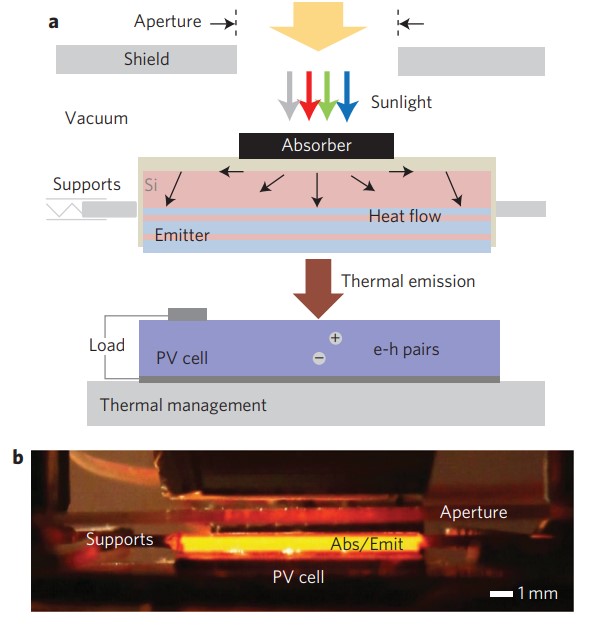
- L. Zhao, B. Bhatia, S. Yang, E. Strobach, L.A. Weinstein, T.A. Cooper, G. Chen, E.N. Wang, “Harnessing Heat Beyond 200 °C from Unconcentrated Sunlight with Nonevacuated Transparent Aerogels,” ACS Nano, 13, 7508, 2019..
- E. Strobach, B. Bhatia, S. Yang, L. Zhao, E.N. Wang, “High temperature stability of transparent silica aerogels for solar thermal applications,” APL Materials, 7, 081104, 2019.
- A. Leroy, B. Bhatia, C. C. Kelsall, A. Castillejo-Cuberos, L. Zhao, L. Zhang, A. M. Guzman, E. N. Wang. “High-performance subambient radiative cooling enabled by optically selective and thermally insulating polyethylene aerogel,” Science Advances, 5, eaat9480, 2019.
- B. Bhatia, A. Leroy, Y. Shen, L. Zhao, M. Gianello, D. Li, T. Gu, J. Hu, M. Soljačić, E. N. Wang. “Passive directional sub-ambient daytime radiative cooling,” Nature Communications, 9, 5001, 2018.
- D. M. Bierman, A. Lenert, W. R. Chan, B. Bhatia, I. Celanovic, M. Soljacic, E. N. Wang, “Enhanced photovoltaic energy conversion using thermally based spectral shaping,” Nature Energy, 1, 16068, 2016.
- A. Lenert, D. M. Bierman, Y. Nam, W. R. Chan, I. Celanovic, M. Soljačić, and E. N. Wang, “A nanophotonic solar thermophotovoltaic device,” Nature Nanotechnology, 9, 126, 2014,” Nature Communications, 9, 1191 2018.
